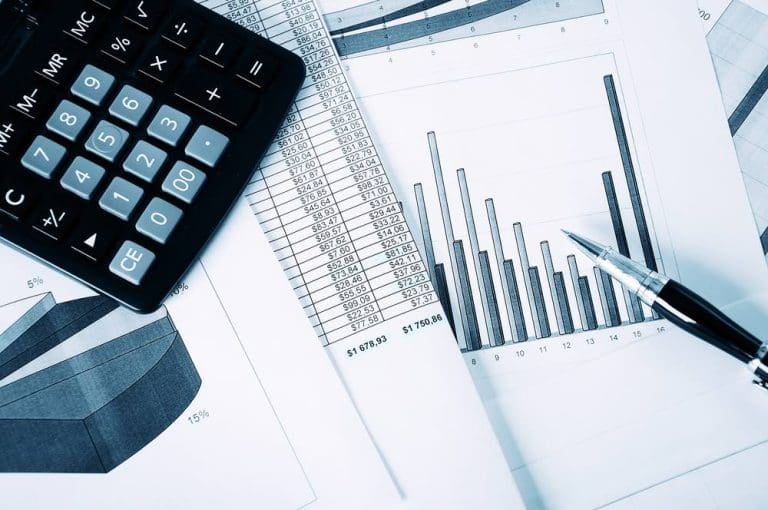Risk Accounting Can Improve Your Profits

Within a generation, the advances in technology have undergone dramatic changes. The world is growing more interconnected thanks to electronic data and information networks. Meanwhile, globalization and new technologies have led to supply chain vulnerabilities and unexpected losses.
A CFO’s worst nightmare is having to explain to their CEO or board members, why they were not able to identify and stop excessive risk exposures before they turned into losses.
Exposure to risk is generally associated with failures related to defective or incorrectly priced products and services. As was the case with the losses experienced by financial institutions through 2007-2008. Those unexpected losses were attributed to the incorrect pricing of subprime mortgages.
With that worry in mind, astute accountants should ensure that their accounting standards and reporting practices are keeping pace with the latest changes occurring in the risk landscape.
In recent years, supply chain, cyber, financial, and other risks have grown monumentally, driven by advances in technology; increases in the complexity of financial products; greater operating dependencies on globally interconnected data and information networks.
A Misalignment Between Finance and Risk
With accounting standards such as IFRS and GAAP aiming to ensure that enterprises maintain an objective view of their financial situation, there is a misalignment in that there are no equivalent standards to apply towards risks.
This is precisely what academics have been trying to resolve with their codification of the new accounting technique that they are calling “risk accounting.”
How Can Risk Accounting Help?
Risk accounting begins with enterprise risk management (ERM) operating within a standard system and using a shared risk metric to express all forms of risk.
One of the first steps with risk accounting is identifying the exposure; this sets up the proper equations for classification and analyzing data.
In management reporting, codes are assigned to transactions that uniquely classify the customer, product or location. In risk reporting, additional codes are given to be used for calculating the risk-weighted value of each transaction.
The 3 Standard Factor Tables of Used to Calculate Risks:
- The product risk table which provides risk-weights based on product characteristics such as complexity, toxicity, and decomposition.
- The value table which converts profited amounts based on the accounting records and scaled value band weightings.
- Scoring templates to calculate the risk mitigation index based on the key risk indicators.
After the risk-weighted factors have been determined and calculated, they are then calculated in the 3 core metrics for each risk type.
- Inherent Risk
- Risk Mitigation Index
- Residual Risk
By combining account and risk values at the transaction level, the fabrication of finance and risk reports is enabled. This gives managers the most present information needed for risk mitigation initiatives with the calculated improvements in RMIs and reduced residual RUs.
The RMI is the standard measure of risk cultures blending risk properties from across the company. With risk accounting being an extension of management accounting, risk appetite can be gauged in RMIs and residual RUs. They could then become an essential part of a firm’s budgeting and planning cycles, which, in turn, would constitute an actual ERM system.
For more information regarding financial risk controls, check out The Increased Demand for Financial Controls

